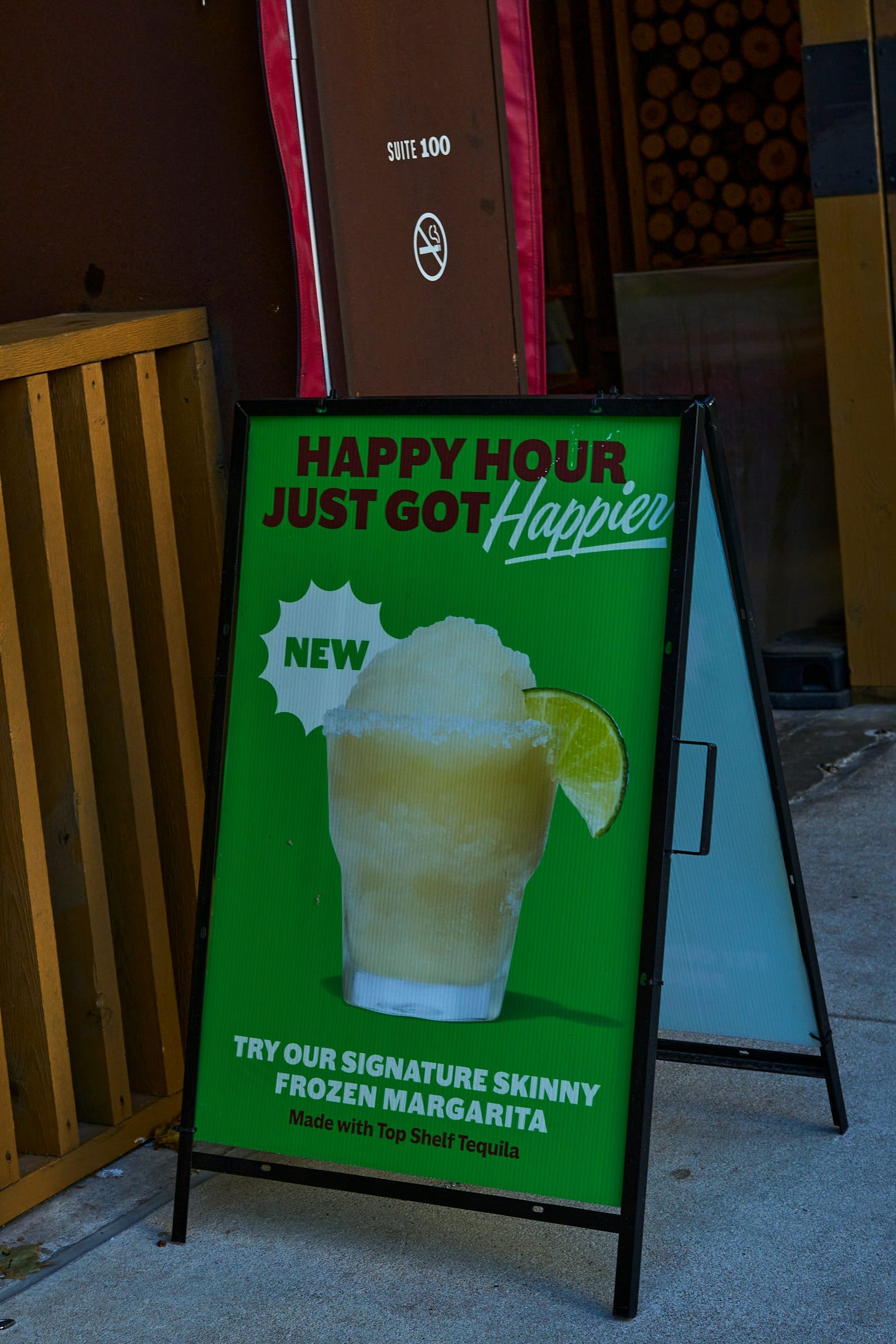This weekend on IP Wave: How many ads are too many ads?

Hello Reader,
This week in the office, we were discussing something we all deal with on a regular basis: advertisements and how many are too many? Ads seem to be everywhere—from browsing Instagram to watching a YouTube video to even strolling down the street.
Way back in 1904, advertising psychology pioneer Walter D. Scott described ads as the "nervous system of the business world". Back then, ads were simple and concrete, like posters on walls or merchants shouting about their goods. Today, the story is vastly different. We're bombarded with ads across digital platforms—often so many that they become background noise. Though no official statistics exist, estimates range from exposure to anywhere between 10,000 ads per day.

Bad ads are just a byproduct of the digital age explains Tiffany Hsu, journalist of The New York Times. "Ads are more prevalent, and often lower in quality so that they are not just ubiquitous but also maddening," she notes. This has led to what many of us experience daily—ad fatigue, where we simply start to ignore the noise.

When Ads Backfire
As a consumer, we have developed an amazing ability to tune out the noise. What Herbert A. Simon, Nobel laureate in economics, said so eloquently is:
"A wealth of information creates a poverty of attention."
The more advertising we are subjected to, the less we have to pay attention to anything. For advertisers this presents an enormous challenge: how do we stand out from the crowd of sameness?
Kirthi Kalyanam, professor of marketing at Santa Clara University, examined the role of retargeted ads-that is, ads that follow you around the internet after clicking on a particular product. According to Prof. Kalyanam, "Brands often mistake persistence for persuasion," in that too much repetition makes consumers annoyed rather than interested. The risk, according to Kalyanam, is "that too much repetition leads to irritation, where instead of persuading, ads annoy" (Kalyanam et al., 2019).
When Do Ads Cross Ethical Lines?
But it's not just the number of ads. As Don Draper, the iconic character from Mad Men would say, "Advertising is based on one thing: happiness." Ads appeal to people's desires and emotions to create connections. Take, for example, Google's "Reunion" ad and Lifebuoy's "Help a Child Reach 5." These ads not only increase awareness but also promote their respective products in a highly positive way, showing how emotional appeals can engage consumers ethically.

There is a growing research focus on the ethical limits of emotional advertising. According to Yale Professor of Marketing and Psychology Deborah Small, "Using emotional exploitation to drive action might win short-term gains, but it leaves a lasting impact on consumer trust," (Small et al., 2024).
India's Central Consumer Protection Authority (CCPA) served notices to several companies, which include Patanjali, Lifebuoy, Kent RO, and Siyaram Silks among others, for running misleading advertisements, who withdrew their ads after notices. Misleading ads can deceive consumers and damage trust, leading to harmful decisions, especially with health-related products.
The increasing reliance on emotional triggers, particularly in digital spaces, raises important questions about the role of ethical advertising. Where does persuasion end, and manipulation begin? Behavioural economics might offer a solution that less is often more.
As Rory Sutherland sums it up:
“If advertising is to work, it’s a reasonable request that the advertising I see should be proportional to where I spend my money. More is not always better. Ads should be an invitation, not an imposition”

Round Ups
Chatbots Could Help Weaken Conspiracy Beliefs

Researchers report in Science News that engaging with AI chatbots can reduce belief in conspiracy theories by up to 20%. In experiments with over 3,000 participants, AI-led conversations effectively challenged convictions in conspiracies like COVID-19 hoaxes. However, while beliefs weakened, underlying psychological needs that fuel such theories remained, highlighting the complexities of shifting entrenched mindsets.
Why We Hate Surge Pricing – But Love Happy Hour

Rory Sutherland, Vice Chairman of Ogilvy UK, writes in The Spectator that the way prices are framed affects our emotional response. While surge pricing triggers resentment, we enjoy deals like Happy Hour. This reaction stems from the psychological framing of these pricing strategies. He leaves us with food for thought: Are current pricing models truly fair, or do they exploit those with fewer choices, while rewarding those who can be flexible?
Think You're a Better Driver? Here's Why That Might Be Keeping Our Roads Unsafe

Gemma Briggs, Professor of Applied Cognitive Psychology at The Open University, explains in The Conversation that many drivers overestimate their abilities and normalise risky behaviours like speeding and phone use. Psychological biases such as motonormativity and confirmation bias keep road safety stagnant, despite consistent fatality rates. Traditional safety campaigns often fail because they don’t address these deep-seated beliefs. Briggs suggests combining education, policy changes, and stricter enforcement could effectively change driver behaviour and reduce road deaths.
Do Presidential Debates Influence Elections?

Claire Jerry, political history curator at the Smithsonian, argues in Fast Company that while debates are iconic moments in U.S. presidential campaigns, their influence on voter decision-making is uncertain. In 1960, 50% of voters claimed debates influenced their vote, but data since has shown mixed results. For example, George H.W. Bush’s 1992 debate gaffe—checking his watch—was seen as disinterest. Jerry notes debates provide "shared moments of democracy," but the actual effect on election outcomes is less clear, especially as audiences grow more polarised.



